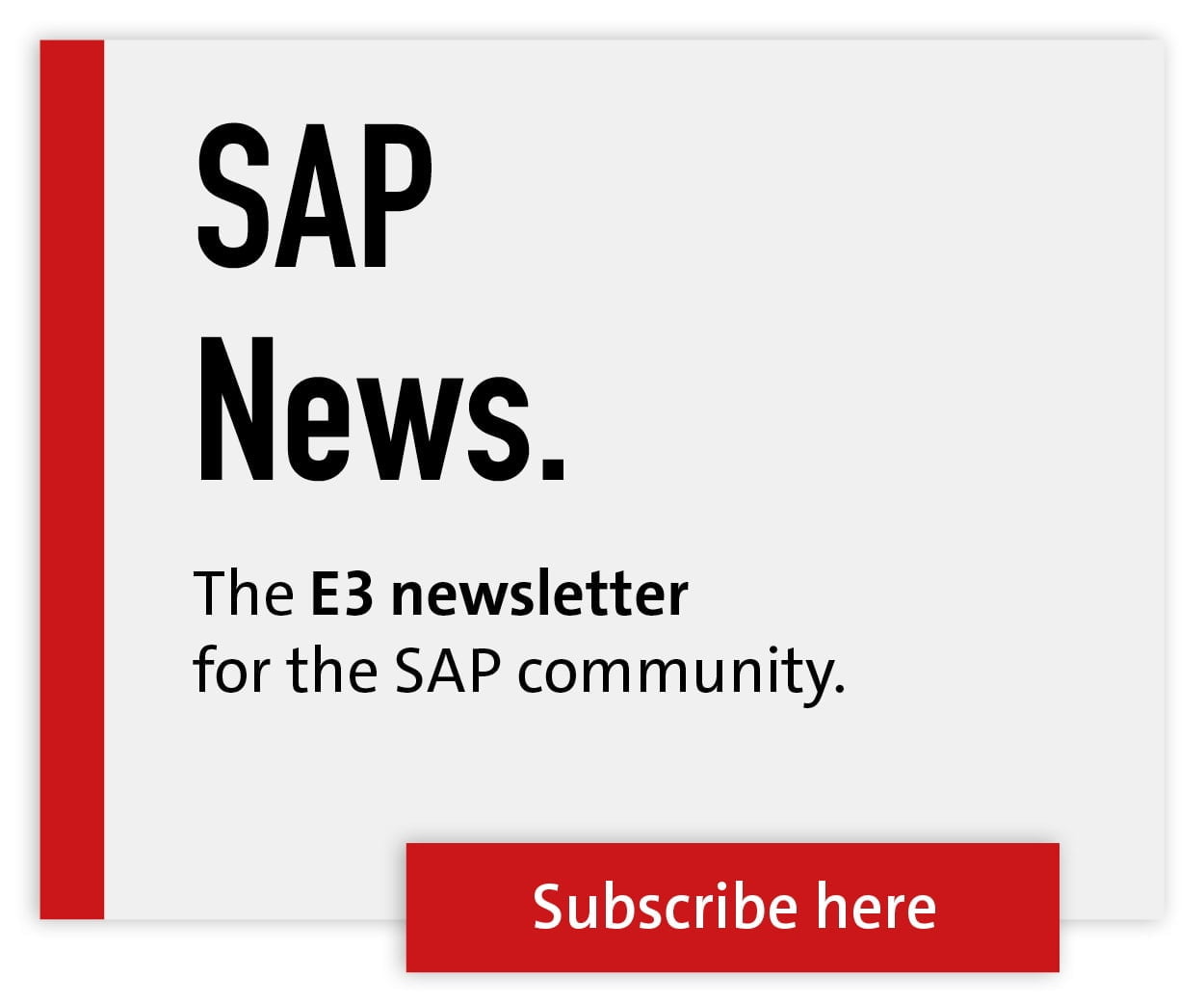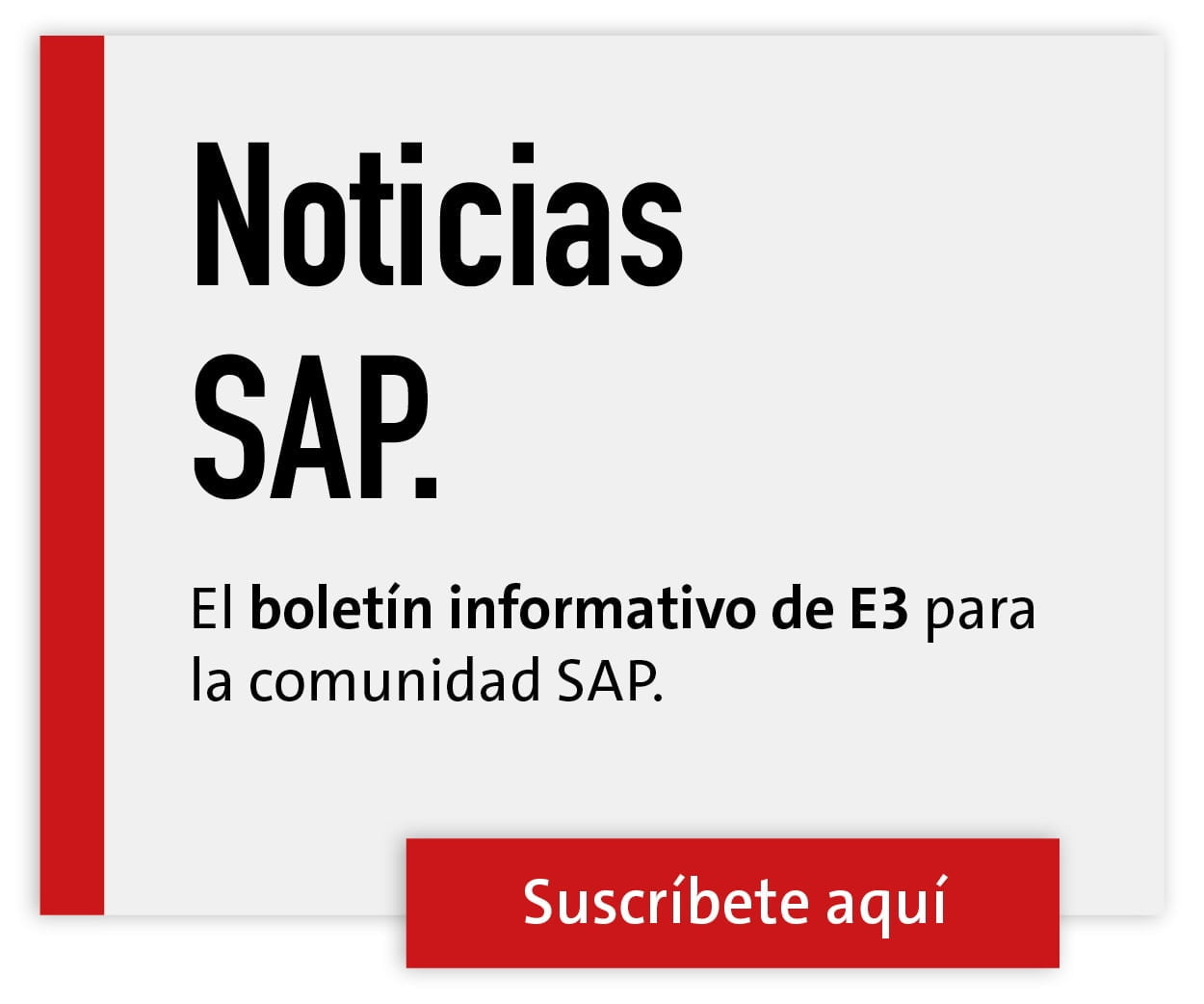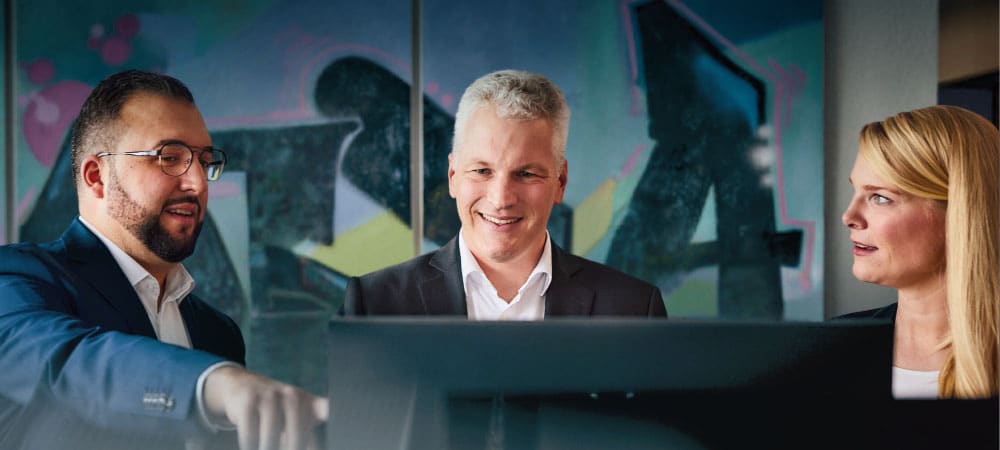Better together


SAP's invention of "indirect use" and the threat of back royalties it poses are increasingly jeopardizing digital transformation. In SAP's universe, applications such as IoT and blockchain will become virtually unaffordable if SAP's "indirect" use is ultimately applied.
The IT association Voice has set itself the goal of looking for solutions at local and European level and helping copyright, EU directives and antitrust law to gain more validity, because legally the situation is not as complex as it sometimes seems technically to SAP customers.
Peter Färbinger, E-3 Magazine, conducted the following interview with Patrick Quellmalz, Head of Services and Managing Director Voice - CIO Service GmbH.
SAP wants to bring all existing customers onto the Hana platform by 2025 - either in the cloud or on-premises. How do Voice members rate this goal in terms of the licensing model and costs?
Patrick Quellmalz: Our members assume higher costs. In addition, we have an unjustified coupling of products. Hana becomes mandatory because SAP does not certify any other database for S/4.
If, for example, the Oracle database were also certified, the costs would be significantly lower. If large companies have to change the DB, we are talking about costs that can reach into the double-digit millions in the database area alone.
If you use the "full use" model, it can be even more expensive, because it is not the percentage of licenses that is used for the calculation, but the data volume in gigabytes, which quickly goes into the terabyte range.
In that case, large companies would have to reckon with high double-digit million sums. Since all forecasts assume a further increase in data volumes, this model would be a real money printing machine for SAP. In addition, SAP's current license measurement does not really work with Hana. There is still a lot of need for optimization there.
Do users see the danger of becoming dependent on a monopolist with S/4 Hana? Especially since Hana development licenses will also become significantly more expensive from 2025?
Swelling malt: They are aware of this danger, especially among the large software providers. The danger is not unique to SAP; Microsoft has also made similar attempts to make dependent users pay more.
During the renegotiations of the Office 365 contracts, the prices were raised significantly. With Hana, there is the additional question of whether companies operate it on-prem or in the cloud. In their own data center, companies must additionally reckon with massive hardware costs.
Do you see such a strong vendor lock-in as a general trend in the software industry?
Swelling malt: That is the crux of the platform economy. It works on the principle of "the winner takes it all". That's why every major software provider is trying to build the next big platform.
In the office market, there is de facto only one platform left. Google is trying something similar. Platforms are also being built in the Industry 4.0 sector, and there, too, we'll soon be seeing fierce consolidation trends.
Only very few platforms will survive in the sector in the long term. As long as no simple options are created to transfer large amounts of data easily, the strong vendor lock-in will remain.
Can users defend themselves against it?
Swelling malt: They have to, and not individually, but together. They are supported in this. The European Union has launched corresponding initiatives such as the Code of Conduct for Data Portability for IaaS from the Commission's DG Connect division.
But fighting back only works together. In individual proceedings, providers often seek out-of-court settlements, which are then covered by non-disclosure clauses. In this way, the results do not reach the public and no one can learn from them.
In addition, almost all software vendors, including SAP, behave differently depending on the size of the customer. The larger the customer, the more concessions the vendor makes.
Can you give us an example of this?
Swelling malt: When the topic of indirect use came up, SAP asked large corporations what they understood by indirect use. Medium-sized companies, on the other hand, were told very clearly how SAP understood the issue.
That's why users need to work together here - in compliance with antitrust law, of course - to achieve the same level of information and to obtain binding statements from SAP on the subject that apply equally to everyone. We will support the users in this as a federal association and at the European level - including through legal channels.
Aren't you afraid that the issue is too technically complex and won't be understood by the courts? So far, SAP has always been able to maneuver its way out of this by pointing to the technology. How do you as an association meet this challenge?
Swelling malt: First of all, you need really good IT lawyers. Unfortunately, there are not too many law firms in Germany that deal with SAP contracts and IT case law, as well as get feedback from users.
Voice had a legal opinion prepared on indirect use. This only worked because the community answered many questions for us on specialist and technical topics.
How do your members react to the call to take joint action against SAP? We also hear from existing SAP customers who prefer to pay because they fear for the good cooperation with SAP?
Swelling malt: We are not calling on our members to work against SAP. We just want transparency and fair licensing practices, and we can obviously only get that if we speak with one voice that represents a broad spectrum of German and European users.
We respond to the needs of our members. We also see ourselves as a protective layer between the user and the views of IT vendors. With us in between, no single user has to fight alone.
In a possible legal dispute, won't users ultimately have to appear by name and claim financial damages or competitive disadvantages?
Swelling malt: As an association, we have other options than individual users. For example, with the legal expert opinion already mentioned. When lawyers prepare such an expert opinion, the individual statements of the users used for an expert opinion fall under the attorney-client privilege.
Only when a body such as the Cartel Office inquires do users have to comply with the request for information from the cartel authorities in accordance with the Act against Restraints of Competition.
The topic of indirect use is influencing progress in digitization. Indirect use will be one of the key usage parameters in a digitized world, because software increasingly communicates with software. How do you as an association assess this discussion? Do you see indirect use as a threat and a brake on innovation?
Swelling malt: We see indirect use as a sword of Damocles for digital transformation. For two reasons: First, users do not know what additional investment requirements and licensing risks they are exposing themselves to when they use forward-looking technologies, such as APIs, containers, or just a modern e-commerce solution that also uses SAP data.
In addition, SAP's licensing behavior is causing massive damage to the market for third-party applications. Just to remind you, third-party providers are what made SAP what it is today. SAP is now putting a stop to their business model.
In our view, this is anti-innovation. This is because additional solutions for the SAP ecosystem are created in the third-party market, but precisely not under SAP's complete control. If indirect use prevents data exchange via interfaces through additional costs, it is easy to imagine the negative impact on innovation.
According to the EU Directive, the intended use of software includes communication of the software with people and via interfaces. Does this mean that indirect use is just a figment of SAP's imagination?
Swelling malt: If the interpretation of the license case indirect use actually prevents access and data exchange with third-party systems, this interpretation by SAP contradicts the EU Directive.
If SAP gets its way with this definition, we will have a huge problem in the entire IT landscape: Systems will no longer be allowed to communicate with each other without SAP having a share in the profits.
Of course, licensing must be clean, but not to the detriment of users and third-party vendors by erecting access barriers or making it impossible to access their own systems.
In the new software licensing program that SAP presented in April of this year, the SAP Hana Cloud Platform is classified as a third-party product. Does SAP then become an enemy in its own bed when a user develops an application on this platform?
Swelling malt: Yes, the licensing model is clearly hostile to innovation at this point. With the definition of indirect use or, as it has been called since April, "indirect/digital access," SAP has taken a step in the right direction, but has not thought the model through to the end.
As it is designed today, the new draft causes massive difficulties for users. In principle, the digital access model seems to us to be the right way to go, but the current implementation results in additional, unforeseeable licensing costs.
Take the topic of audits, for example. These are gaining further importance in this context. It must be clarified in which cases and at what times they take place and how the results are evaluated by SAP.
Here, too, we need a legally binding effect and not one that extends into the past, as our users are currently experiencing with indirect use.
It happens that users are audited two years in a row. If there was nothing to complain about in last year's license audit, this year's audit comes to the conclusion that license fees for indirect use must be paid in arrears for the past two or three years.
It is simply unacceptable that users are retroactively put in the wrong by SAP's new licensing regulations. This is incomprehensible to anyone and makes SAP's licensing policy appear arbitrary.
SAP shows a certain arbitrariness in the definition of indirect use. In the coming year, new license measurement tools from SAP are to be launched on the market. How are they supposed to work if indirect usage is not clearly defined? In view of these inaccuracies on the part of users, is it even possible to plan their license costs?
Swelling malt: Some of our members have suspended the SAP survey until the outstanding issues are resolved. The results are sometimes arbitrary. Because they don't know how the auditor will interpret the current licensing rules, users take an incalculable risk with every survey.
Should SAP tighten up the new licensing model, or must it first be established in court that interoperability is part of the intended use of software, which may not be subject to license fees for indirect use?
Swelling malt: SAP must clearly define what indirect use is for all cases, including "direct human access" and "indirect/digital access". This clarification must also be provided in all other SAP contracts. So far, such unambiguous formulations are missing.
We call for clarification and further development of the SAP license and access model. Users have adapted to the new, cloud-based IT landscapes. That is good. But we want to continue to see it guaranteed that user companies can also use third-party products in these landscapes without paying money to SAP.
SAP must not be allowed to get away with its double strategy. On the one hand, it buys solutions on the market and integrates them into its portfolio; on the other hand, it makes it difficult or impossible for its customers to use non-SAP solutions.
Such behavior prevents a free and fair software market and hinders the innovative further development of the systems at the customer. We demand that SAP also declares the audits to be binding for itself and that no further additional demands are levied retroactively.
IT systems are becoming increasingly complex. Can they still be managed in terms of licensing? Are there ways out of this dilemma?
Swelling malt: Standard contracts instead of individual contracts, for example, would be much simpler. But providers are obviously not interested in this. Instead, we see providers using more and more lawyers to try to get more and more out of old contracts.
We are convinced that we will only get fair licensing conditions if users and providers finally discuss again on an equal footing and in partnership.
This only works if users resist certain practices of IT providers who want to get even more out of their customers despite double-digit margins. Voice supports user companies in this.
So it's all about complexity and hidden price increases?
Swelling malt: Hidden price increases via changing license terms and metrics are easier for vendors than communicating a regular price increase to users, and they secure significantly more revenue than when a company implements price increases.
If more and more programs and fewer and fewer people access SAP services in the future, then indirect use will become much more common, probably even the standard type of use. It is understandable that SAP does not want to stand idly by. But it must be clearly defined and designed.
SAP doesn't do that, and we want to help users enforce that. In our opinion, the complexity of the licensing regulations is not necessary everywhere. It is also maintained by the manufacturers in order to be as cost-transparent as possible.
Thank you for the interview.








